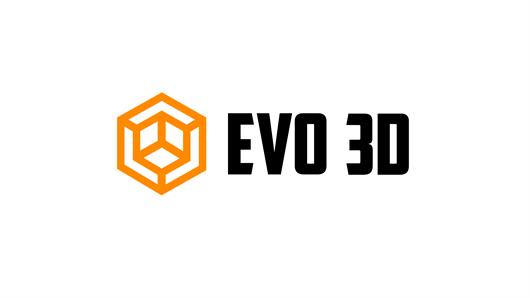 Add My Company
Add My Company

We are using technology everywhere, and school classrooms are no exception. With 3D Scanners, things have changed for students. Now, they can understand difficult concepts of science, maths, and history in a jiffy. Educators and students can collaborate to find optimum solutions to their problems using 3D scan technology.
3D scanners are a versatile tool and the future of STEM (Science, technology, engineering and Mathematics). Most of the learning is focused on the concepts and 3D scanning is just that technology that can help kids understand all concepts in a practical approach. Also, 3D scanning can increase the attention span of the kids. So, there are many advantages to using 3D scanning technology in schools.

3D Printing in Education
3D printing technology can introduce real-life world challenges to their students and help equip them with essential skills they can use in the future. It can help them with innovative solutions and contribute to the society.
Moving forward, 3D printing will continue to help students become responsible, confident, independent, and innovative professionals in our society.
Now, we are telling you how 3D printers for education can enhance the delivery of the primary curriculum.
Use of 3D Scanner in Primary Education
1. Enhance the primary history curriculum - Museums all over the world are scanning their collections and publishing the 3D scans for download. It means you can bring the world to the classroom by printing 3D scan models of real historical objects and artifacts. Today, there are a large number of organisations with several 3D scan models.
2. Design and make 3D printed products - This is where 3D scanner takes off in design and technology as well as in art. Students in design and technology can design and create items to a brief, or in art, they can create clay sculptures, play dough, or plasticine and then 3D scan and print them.
3D scanning projects for design and technology include designing and creating pieces for a game board, designing and creating tealight holders, ergonomic door handles, and more.
3. Create 3D character models and stop motion animation - Students can design clay 3D characters, and use playdough, or plasticine to create miniature character models that they can scan and 3D print. Students can use these models as a starting point to create detailed character descriptions for their stories. Students can write storyboards using the 3D printed character models and use them to create stop-motion animations.
4. Scan and reproduce objects - 3D scanning and 3D printing can be applied to any object that holds its shape. It enables you to create 3D-printed copies of everyday items that can be used as teaching and learning tools.
For instance, to make maths more interactive, students can take 3D scans of different shaped objects and 3D print them at different dimensions. Students can then practice measuring different side lengths and angles. They can also use their measurements to work out other properties of the shape, such as angles, area, volume, and scale between two objects of different sizes.
5. 3D prints in science lessons - Even if you don’t have a 3D scanner in your home, you can still take advantage of free 3D scans available online. Many dental and medical 3D scans are shared online, including dental and skeletal images. These scans can be downloaded, printed, and used as educational tools when learning about teeth, eating, and human anatomy.

In conclusion,
3D scanning is a useful technology across sectors like automotive, manufacturing, architecture, aerospace, and medical. In education, 3D scanners can teach kids about science and engineering concepts in a combined format. Students can plan, investigate, and analyze data, design solutions, and do more.
Furthermore, In STEM (Science, Technology, and Mathematics) 3D technology is helpful in many ways. With the help of 3D printing, students can materialise their ideas and produce complex, functional shapes from a digital file. In short, 3D scanning enables educators to better communicate and helps students express themselves while maximising engagement.
If you as an educator want to increase the attention span of the kids, choose a 3D printer for education and 3D scans to make education fun and involving. Contact Evo 3D for a complete 3D printing solution today.
For more information on The Top 5 Uses of 3D Scanners in Primary Education talk to Evo3D
